How to grow an aloe from a shoot without roots: tips and rules
From indoor plants aloe, or an agave, takes pride of place. In addition to the healing power, the flower has unpretentious care. Its leaves contain a large supply of moisture, which helps to survive the forced drought. And the appearance of the tree is unusual, it can decorate not only the premises of the house, but also the office, the foyer of cultural institutions.
Succulents with thick leaves containing a gel-like substance inside are chosen for growing for their ability to reproduce with the help of shoots. Anyone who wants to have aloe in their home to maintain health, decorate rooms, can grow it from shoots that do not have roots.
Content:
- Biological features of aloe
- How to properly plant an aloe plant without roots?
- Recommendations for further plant care
- Possible problems of growing agave
Biological features of aloe
In nature, there are about four hundred species of aloe growing in Africa. But in home flower beds, aloe vera and a tree type of plant called an agave are most often found:
- In aloe vera, or Barbados, native to the Canary Islands, fleshy leaves with spines on the sides grow directly from the root rosette. The plant does not have the main stem, and it is small in growth, not even a meter.
- The tree-like aloe reaches a height of two or more meters with good care. Over time, its powerful stem becomes covered with a lignified layer. Leaves with a dense glossy plate are located on the stem. They are elongated-lanceolate, oval in shape, and form a rosette in the upper part of the tree. The color of the leaf plate is dark green, sometimes covered with a bluish bloom. There are plant species with a beautiful color and pattern on the leaves.
Under their dense surface there is a flesh that tastes bitter. The juice contains substances that irritate the mucous membrane of the digestive system. Aloe blooms with orange or yellow flowers, collected in brushes or panicles. Although at home flowering of aloe is rare, the tree is used for decorative purposes.
The beauty and healing properties of aloe have brought him the love of most flower growers.
The leaves of both types of agave are used to treat constipation, colitis, insomnia. Healing ointments and tinctures are prepared from the juice. It is buried in the nose with a cold.
The plant belongs to the Asphodelic family, although there are still disputes regarding the classification among scientists.
How to properly plant an aloe plant without roots
Agave propagation occurs in different ways. But more often they use cultivation from a shoot without roots. Both apical cuttings and lateral processes are used for planting:
- The top of the stem is cut 5-10 centimeters long. There must be several leaves on it. The cut is sprinkled with crushed coal, and the shoot is left in a cold place for a day. The next day, wet sand is poured into the container, adding a little soil substrate. The cutting is placed in the sand to a depth of 2-3 centimeters. Before the shoot takes root, the state of the moisture content of the sand is monitored. If it dries out too much, the stalk will die.
- Seated more often aloe lateral processes.The procedure is carried out in spring or summer. Cut the shoot as close to the base as possible. Slightly dry the shoot by placing it in the refrigerator, wrapped in paper. He should stay there for up to 4-6 days. Root the shoot in wet sand. Some people use a different rooting method by dipping the shoot into water. But the result of the action will not always be positive. It will be better to feel the shoot without roots in wet sandy soil. After the young shoot begins to grow, turn green, it can be transplanted into another pot.
The method of propagation by shoots for succulents is reliable and gives life to a new plant.
Recommendations for further plant care
The rules for caring for a newly planted shoot are simple:
- Watering is carried out 1-2 times a week with settled water. It is not necessary to fill the flower, otherwise it will rot. For him, drying the top layer of the soil is better than finding the roots in swampy soil.
- Of mineral fertilizers mineral complexes are used for the agave especially for succulents. Better to make them once a month.
- Spraying for aloe is not carried out. Leaves can only be wiped with a damp cloth, removing dust from them.
- For a heat-loving plant, the air temperature in the room is important. It should not be below twenty degrees in summer and fourteen in winter.
- The flower does not tolerate stuffy rooms. Plants should be ventilated more often.
- Aloe also needs a lot of sun, but the bright rays of the luminary can burn the leaves.
- The parasite attacks the succulent aphid or a shield. If pests are noticed on the leaves, then wipe the plates with a cotton swab dipped in alcohol. Spraying with garlic tincture will help a young plant to get rid of insects.
Attention to its delicate shoots requires a decorative perennial from the owner.
Possible problems of growing agave
Among the problems of growing aloe are those that may not arise with the correct organization of planting:
- When replanting the rooted shoot of the agave to a permanent place, take a large pot with a volume of three liters. The mixture is prepared from earth, humus and sand. Without a layer of drainage, the succulent will feel bad. Indeed, the agave most often dies from excessive soil moisture. How much moisture is inside the pot is not visible. Only loosening the soil will help determine if there is excess liquid inside or the plant has absorbed all the water.
- Lack of light is a common problem in aloe growing. If the leaves become lethargic, begin to thin out, urgent measures must be taken to save the plant. For this, they find another place, well lit. It is possible to organize supplementary lighting of a houseplant with fluorescent lamps in winter.
- The composition of the soil is important in the development of aloe. The increased content of humus in the substrate will give strong growth to the flower, which will lead to a weakening of the stem. Such loose, obese plants hardly survive the winter, they cannot bear even a slight decrease in the temperature in the room.
- The tightness in the pot also leads to diseases of the agave. If the roots have braided a lump of earth inside the container, then only an urgent transplant into a pot of larger diameter will save the aloe.
The centenary belongs to plants that easily endure difficulties, but if serious problems arise, the flower may die.
More information can be found in the video:



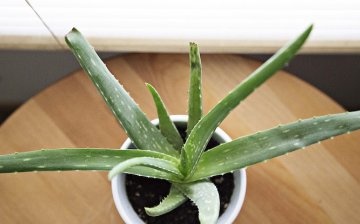
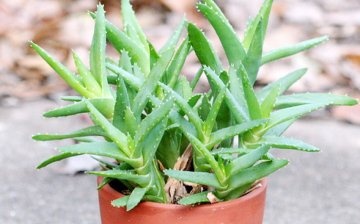
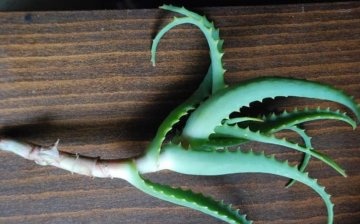
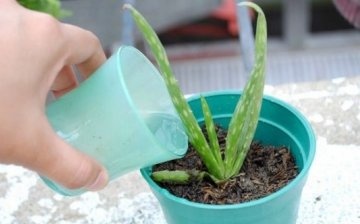
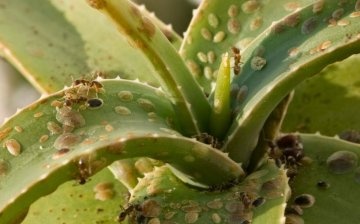





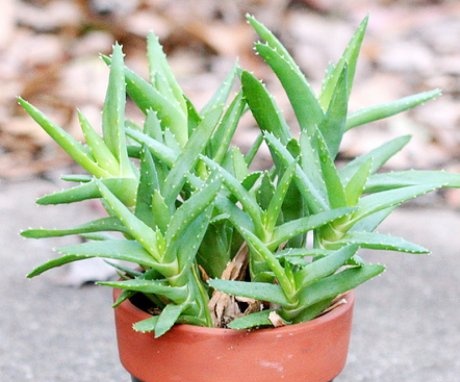
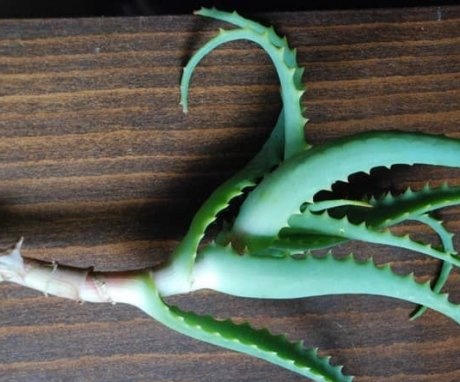
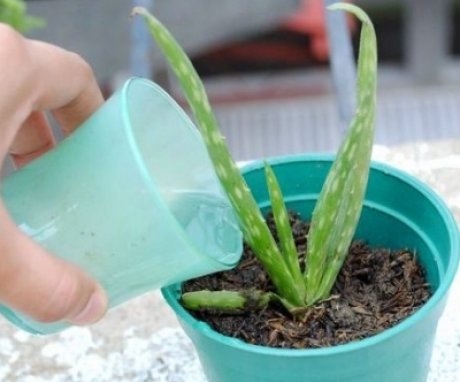
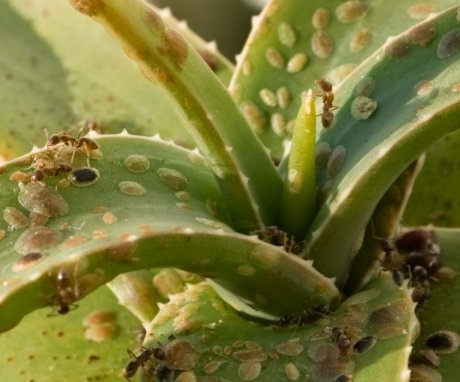
I have never had any problems with the rooting of agave processes - I cut it off, dried it for several days, then put it in water until the roots appear, then planted it in a small pot in the ground from the store, watered it as the earth dries up.
I agree with Alena. we also put the shoot in a glass of water and wait for the roots to appear. Next, we plant it in the prepared ground. There were no problems with rooting and survival.